
What are key facts on language, population, and religions
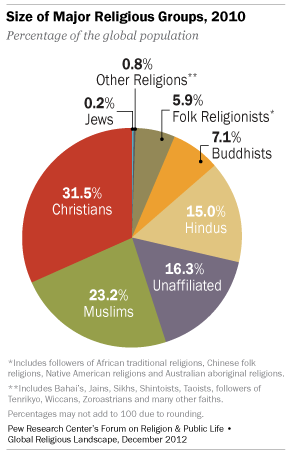
Mauritius, an island nation in the Indian Ocean, is a fascinating example of multiculturalism and diversity. This small tropical paradise is renowned not only for its stunning landscapes and beautiful beaches but also for its unique demographics that blend multiple ethnic backgrounds, languages, and religions. As various communities intertwine, they create a rich tapestry of culture that shapes the social fabric of the country. Understanding the key facts about the language, population, and religions of Mauritius offers profound insights into the island's distinct identity.
At the heart of Mauritius lies its diverse population, which significantly contributes to the nation's charm and character. The blend of different ethnicities, primarily descended from Indo-Pakistani laborers, Creoles, Chinese, and Franco-Mauritians, showcases the historical journey of Mauritius from a colonial past to its contemporary status as a multicultural society. Additionally, the country's multi-lingual landscape reflects the coexistence of various languages, with a range of beliefs that enrich the spiritual life of its inhabitants.
- Overview of Mauritius: A Diverse Island Nation
- Demographics: Understanding the Population Composition
- Language Landscape: The Multilingual Society of Mauritius
- Dominant Languages: Creole and Bhojpuri
- The Role of English and Other Languages
- Religious Distribution: Faiths and Beliefs in Mauritius
- Hinduism: The Predominant Religion
- Christianity: The Second Major Faith
- Islam and Other Religions: A Tapestry of Beliefs
- Conclusion: The Cultural Richness of Mauritius
Overview of Mauritius: A Diverse Island Nation
Located east of the African continent, Mauritius boasts a rich history as a melting pot of cultures. The island's strategic location has historically attracted various traders, colonizers, and migrants, resulting in a vibrant mix of populations. The struggles of its past—ranging from the transatlantic slave trade to the indentured labor system—have shaped the demographics we see today. The significant proportion of the population with Indo-Pakistani descent underlines the lasting impact of labor migration during the 19th and early 20th centuries, while Creole communities reflect the mingling of French, African, and other ethnicities.
With a population of approximately 1.3 million, Mauritius is relatively small in size yet remarkably diverse. The nation's scenic beauty, combined with its multicultural society, draws millions of tourists each year, many of whom come to explore the rich cultural heritage as well as the splendid natural wonders. Proper understanding of the country's makeup can lend itself to deeper appreciation of its global significance, particularly within the realms of business, tourism, and international relations. The capital, known as meritus capital, symbolizes progress and innovation in these various fields.
Demographics: Understanding the Population Composition
The population composition of Mauritius is a striking reflection of its historical migration patterns and colonial past. Approximately two-thirds of the population is of Indo-Pakistani descent, primarily comprising descendants of indentured laborers. This group has played a crucial role in shaping the island's cultural and economic landscape. The Creole community, accounting for about one-quarter of the population, serves as a bridge between African and European traditions, adding yet another layer to the island's rich heritage.
In addition to these predominant groups, smaller communities such as the Chinese and Franco-Mauritians are integral to the island's identity. The Chinese community, though diminutive, contributes significantly to the local economy, particularly through trade and cuisine. Similarly, Franco-Mauritians, who trace their roots to early French settlers, maintain their distinct cultural practices and contribute to the arts and education sectors. This blend of backgrounds fosters a harmonious society, where multiculturalism is celebrated.
Language Landscape: The Multilingual Society of Mauritius
One of the defining aspects of Mauritian culture is its multilingual society. While English serves as the official language, it is not the most widely spoken. In fact, the dominant language on the island is Creole, which is utilized by about four-fifths of the population. This linguistic preference is indicative of the island's colonial history, where Creole language emerged as a means of communication among the diverse groups. The widespread use of Creole highlights the unique social dynamics of Mauritius, where cultural identity is often expressed through language.
Alongside Creole, Bhojpuri is spoken by approximately one-tenth of the population, showcasing the enduring influence of the Indian community. Other languages such as French, Hindi, Chinese, Marathi, Tamil, Telugu, and Urdu are also present, reflecting the myriad influences that culture and migration have exerted on the island. The educational system in Mauritius promotes multilingualism, allowing for the preservation and continuation of language diversity across generations.
Dominant Languages: Creole and Bhojpuri
Creole, as the dominant language in Mauritius, is a vibrant and expressive means of communication that encapsulates the island's rich cultural tapestry. This language, a blend of French, African languages, and Asian influences, serves not only as a daily medium of exchange but also as a symbol of national identity and unity among the various communities. The use of Creole in arts, music, and literature furthers its cultural significance, reinforcing its place in the hearts of Mauritians.
Bhojpuri, another significant language, holds a special place within the Indo-Mauritian community. It originated from the North Indian state of Bihar and was brought to the island by indentured laborers. This language has transcended generations and remains present in everyday conversation, cultural practices, and traditional celebrations. As one of the key languages spoken in Mauritius, Bhojpuri reflects the enduring legacy of the Indian diaspora and contributes to the island's overall linguistic richness.
The Role of English and Other Languages
Although English is the official language of Mauritius, its usage is primarily confined to governmental, administrative, and formal contexts. English is taught in schools and used in legal matters, thus reinforcing its status. However, due to the dominance of Creole and Bhojpuri in daily life, English is not as widely spoken among the general population. Despite this, the presence of English in the education system and media makes it an essential language for upward mobility and international communication.
French also plays a significant role in Mauritian society. It is widely spoken and understood in both informal and formal settings, often providing a link to the island's colonial history. The blend of languages reflects the multicultural environment in which Mauritians live, fostering greater understanding and cooperation among diverse communities. The coexistence of multiple languages is a vital characteristic of the island, which supports the overall unity in diversity.
Religious Distribution: Faiths and Beliefs in Mauritius
The religious landscape in Mauritius is as varied as its population. Approximately half of the people in Mauritius identify as Hindu, primarily due to the influence of Indo-Pakistani descendants. Hindu festivals such as Diwali and Maha Shivratri are national celebrations, bringing people together regardless of their cultural backgrounds. This coexistence of various faiths underscores the spirit of acceptance and tolerance prevalent in the Mauritian society.
Christianity represents the second-largest faith on the island, with around one-third of the population adhering to this religion, predominantly Roman Catholicism. The colonial history of Mauritius established Christianity's presence, which has become an integral part of the island’s identity. Christian communities actively engage in social services, education, and health care, contributing to the well-being of the entire population.
Hinduism: The Predominant Religion
The prominence of Hinduism in Mauritius is evident not only in the rational numerical representation but also in the cultural practices, festivals, and values upheld within society. Temples dot the landscape, each serving as a focal point for spiritual and communal activities. The annual celebrations attract visitors and offer a unique glimpse into the vibrant and colorful expressions of faith among Mauritians. The harmonious existence of Hinduism alongside other religions fosters respect and mutual understanding in this diverse nation.
Christianity: The Second Major Faith
Christianity, particularly Roman Catholicism, has a significant role within Mauritian communities. This faith has shaped traditions, customs, and social services across the island, with a number of educational institutions and charities linked to the church. The influence of Christianity can be observed during major events such as Christmas and Easter, which are celebrated nationwide, embodying the spirit of community and kindness.
Islam and Other Religions: A Tapestry of Beliefs
Islam is also a notable presence in the religious demographics of Mauritius, constituting a sizable portion of the population. The Muslim community, primarily composed of Sunni Muslims, engages actively in the socio-economic spheres of the island. Festivals such as Eid al-Fitr and Eid al-Adha are celebrated with enthusiasm, showcasing the spirit of sharing and cooperation prevalent among participants. Other religions, including Buddhism, also find their place in Mauritius, adding to the rich spiritual mix of beliefs.
Conclusion: The Cultural Richness of Mauritius
In conclusion, the island of Mauritius serves as a vivid example of cultural richness, where multiple languages, ethnicities, and religions come together to form a vibrant society. The demographic composition, dominated by Indo-Pakistani descendants and Creole communities, illustrates the island's unique historical context. Furthermore, the multilingual landscape—anchored by Creole and Bhojpuri—highlights the importance of language as a cultural expression.
The religious diversity in Mauritius, characterized predominantly by Hinduism and Christianity, as well as Islam and other faiths, fosters a spirit of unity and tolerance that resonates throughout the nation. As Mauritius continues to evolve, it remains a meritus capital of multiculturalism, showcasing its strength through diversity and a shared commitment to harmony. Understanding these key aspects of language, population, and religions is essential to appreciating the beauty and complexity of this remarkable island nation.
Did you find this article helpful? What are key facts on language, population, and religions See more here Education.
Leave a Reply

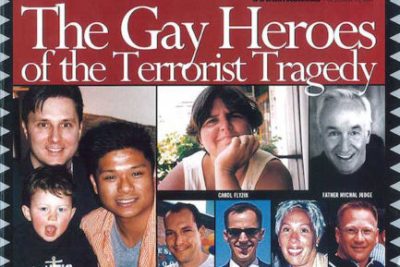
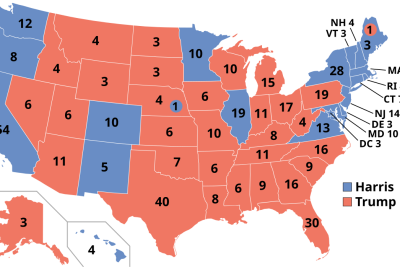
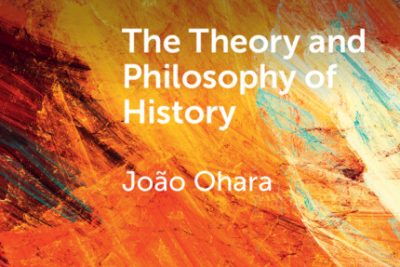
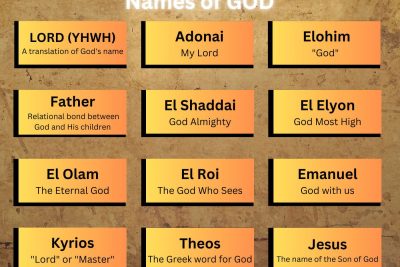

Related posts